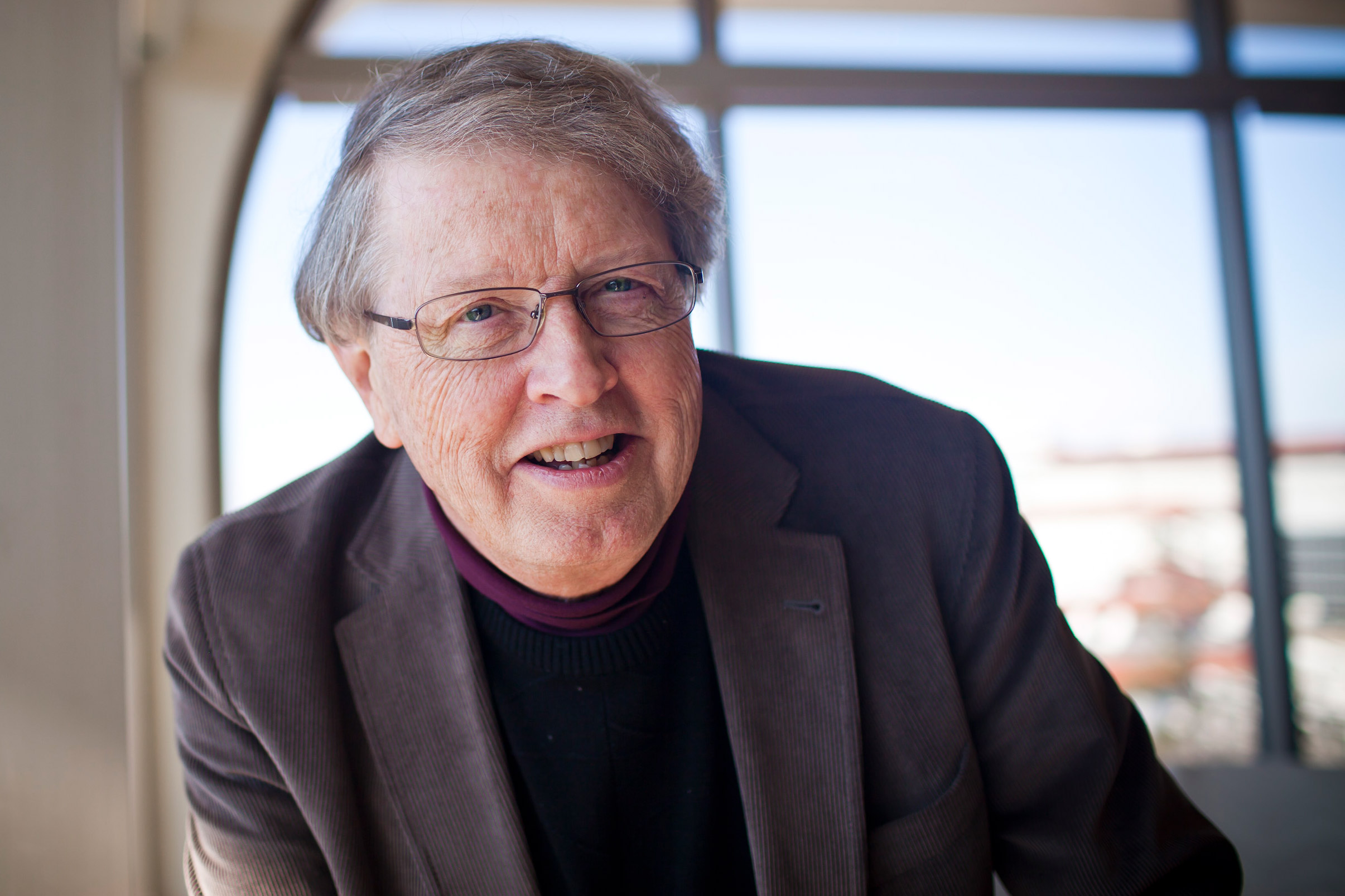Picking Up the Pieces
The first curator of African American collections

In his twenty-one years at Emory, Randall K. Burkett has been a driving force in acquiring African American collections of rare books, manuscripts, serials, photographs, and print ephemera for the Stuart A. Rose Manuscript, Archives, and Rare Book Library.
“We have one of the most extensive archives of African American history and culture among major research universities,” Burkett says. “I’ve been fortunate to build relationships with wonderful people—authors, artists, leaders in their fields, and families—who were looking to place their papers with a library that would preserve them and open them to academic researchers and the public. And that place is the Rose Library at Emory.”
Burkett was hired in 1997 as Emory’s first curator for African American collections. “Randall Burkett is the consummate curator—not only in his own collecting, but also in amassing Emory’s capstone collection of black print culture, a field he helped pioneer,” says Kevin Young, director of the Schomburg Center for Research in Black Culture and University Distinguished Professor.
Burkett played a key role in securing many important acquisitions, including the papers of Alice Walker and Pearl Cleage, historian Carter G. Woodson, the Southern Christian Leadership Conference, and the extraordinary gift by Camille Billops and James Hatch of their priceless collection of rare books, manuscripts, photographs, and oral histories documenting the African American experience that would otherwise be lost to history.
The Rose Library’s African American collections focus on six principal collecting areas: civil rights movements, black print culture, blacks and the left, African American literature and the arts, expatriate literary and culture figures, and African Americans and sports.
The exhibit Building Emory’s African American Collections: Highlights from the Curatorial Career of Randall K. Burkett, featuring treasures from those collections and Burkett’s stories, is on view at the Woodruff Library through February 3.


